In the downtown area of Meishan, Sichuan Province
Located in Su Xun, Su Shi and Su Zhe, famous writers of the Northern Song Dynasty
Sansu Temple, the former residence of father and son
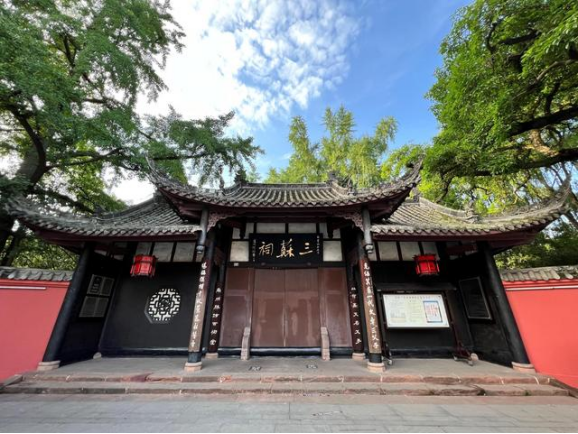
Understand the life, main literary achievements and family traditions of Sansu
And the historical evolution of Sansu Temple
Dongpo culture research and inheritance, etc
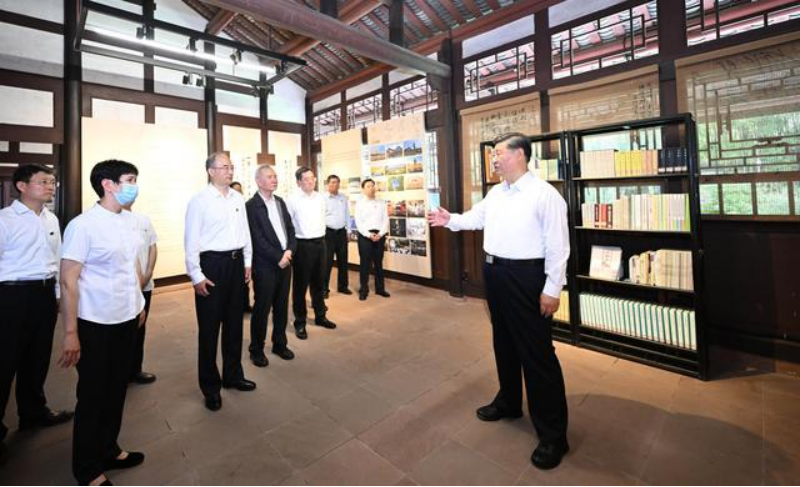
The Chinese nation has a civilization history of more than 5000 years
We should respect the excellent traditional Chinese culture
Firm cultural confidence
We should be good at learning from the excellent traditional Chinese culture
Learn from the concept and thinking of governing the country
We should promote the whole society to pay attention to the construction of family style
Encourage future generations to strengthen their feelings of family and country
Strive to grow into useful talents for the country and society
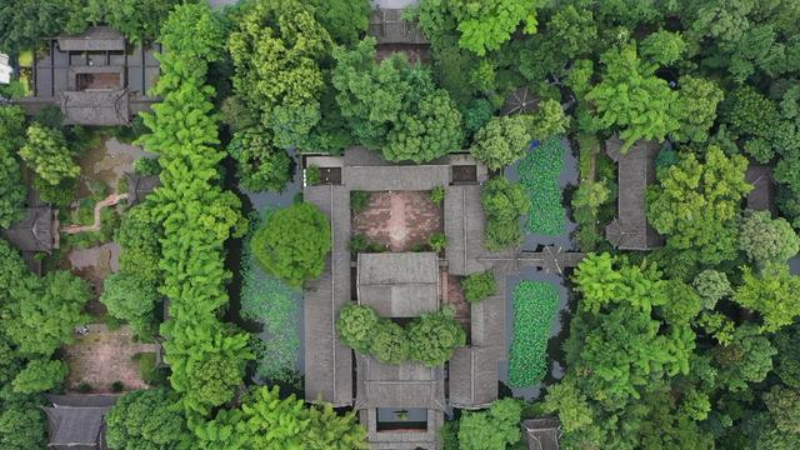
Let's follow the footsteps of the General Secretary
Go into Meishan
Look at those intangible cultural relics in the deep mountains and lush forests
And those inheritors with ingenuity
Feel the beauty of China
Triggering the most real emotion in your heart
Legend of Su Dongpo
Su Shi is one of the most outstanding figures in the history of China who studied politics. He is known as the "Three Sus" together with his father Su Xun and his brother Su Zhe. His father and son are among the eight great families in the Tang and Song dynasties. He is a famous cultural family in the history of China.
Since 2015, Meishan Intangible Cultural Heritage Protection Center has collected and sorted out the local legend of Su Dongpo. The legend of Su Dongpo has also been listed in the list of representative intangible cultural heritage projects in Meishan City and Sichuan Province.
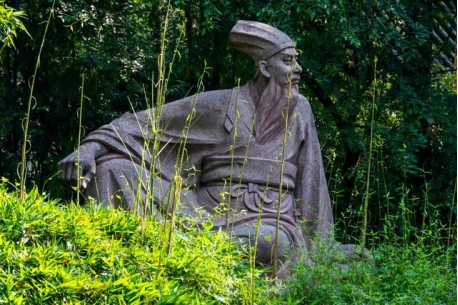
Su Dongpo's legends about his life, deeds, family and other legends still have an enlightening effect on people's lives today.
Qingshen bamboo weaving
Qingshen bamboo weaving is an ancient folk craft spread in Qingshen County, Meishan City, Sichuan Province. It is widely used in the local area to weave bamboo strips and strips of different thickness into various production and daily necessities.
Qingshen bamboo weaving has a long history. Qingshen first used bamboo strips to weave "dustpan" for silkworm rearing, and initially formed a set of bamboo weaving skills.
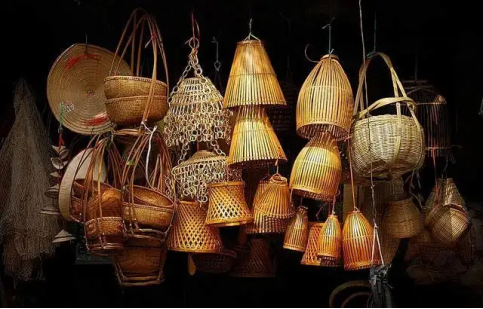
In the Tang Dynasty, Zhang Wu led the people of the county to weave bamboo baskets to fill the "Honghua Weir" with stones, and to raise water to irrigate the farmland, making bamboo weaving more developed. In the Ming Dynasty, Qingshen bamboo weaving was more widely used, and Yu Chengxun, the Qingshen man, was appointed to the Imperial Academy for editing after he entered Beijing to obtain the Scholars. His bookcases and lunch boxes were woven from bamboo silk.
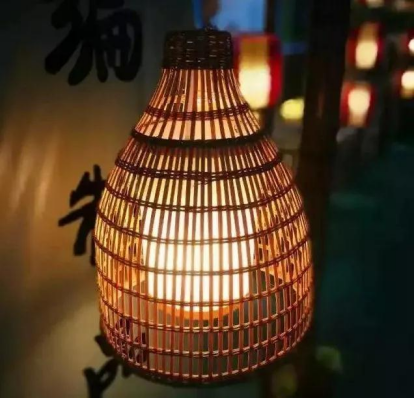
After entering the Qing Dynasty, Qingshen's exquisite bamboo-woven palace fan gained popularity and was listed as a tribute by the Qing court. During the Republic of China, Qingshen bamboo weaving continued to develop. The people of the county had woven a thin bamboo hat with the words "the end of the war of resistance" to comfort the anti-Japanese soldiers. After the founding of the People's Republic of China, Qingshen Bamboo Weaving has further developed and innovated, weaving many kinds of exquisite works of art, such as famous people's calligraphy and paintings, figure landscapes, flowers, birds, insects and fish, and the "Hundred Emperors of China" and the "Qingming River Map" made of bamboo silk thin as cicada wings and thin as hair.
Raise the work number
"Raising workers' chants" is a folk art formed and produced in long-term labor. It coordinates the pace and rhythm of workers in the form of singing.
The number of lifting workers is determined by the weight of the object. In Renshou County, 8 or 12 people are the most common, up to 128 people. The lyrics of "carrying workers' chants" are rich in content, generally focusing on promoting ethics and folk customs, as well as commenting on the current situation and narrative lyricism.
Its types can be divided into popular and elegant "serious chants" and playful and flirtatious "flowery chants". It is the crystallization of the collective wisdom of the working people. Laborers creatively apply the customs reflecting the seasons, farming, love, marriage and funeral to the chant, and become a unique and charming culture of carrying workers. In addition to singing, Renshou County's "work order lifting" is also accompanied by the technical performances of "lotus flower spits its core", "iron fan closes the door", "frog basks in the belly", and "hanging the golden hook upside down".
In addition to these intangible cultural heritage projects, Meishan also has many intangible cultural heritage projects, such as the May Platform Festival (Chenghuang Temple Festival), the bamboo zither (Daoqin), Sichuan drums and gongs (Fuxing drums and gongs), and Dongpo elbow making skills.
These intangible cultural heritage projects, together with important cultural relics and historic sites such as Sansu Temple, constitute the overall style of local cultural heritage, infiltrate the spiritual life and cultural identity of local people, and also nurture their feelings of home and country in the moistening of things.